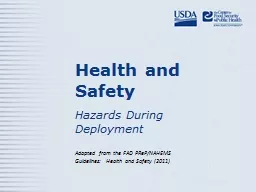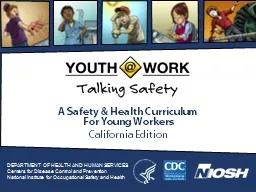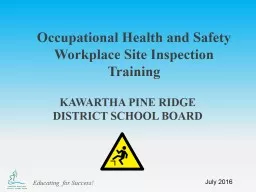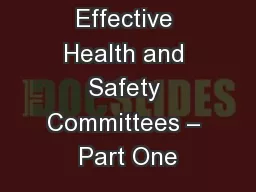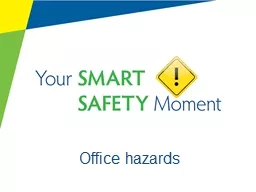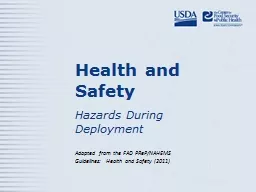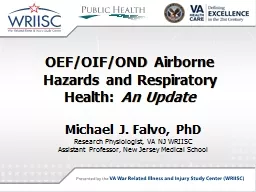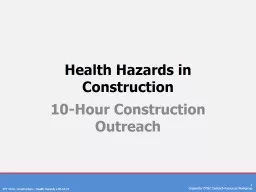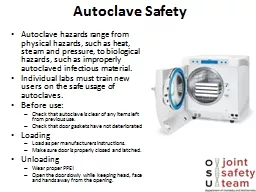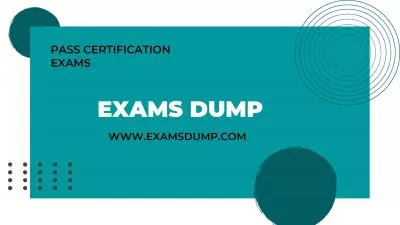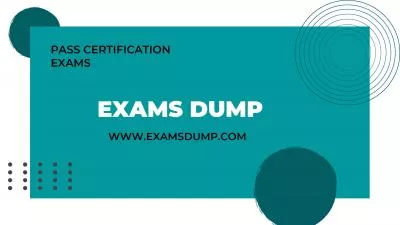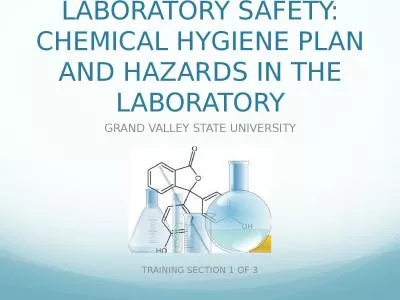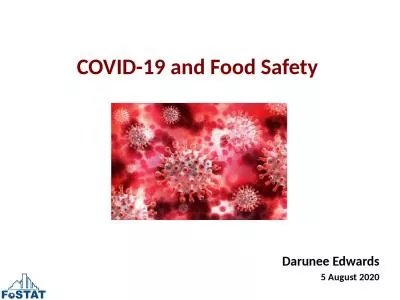PPT-Health and Safety Hazards During Deployment
Author : natalia-silvester | Published Date : 2018-10-06
Adapted from the FAD PReP NAHEMS Guidelines Health and Safety 2011 Extended and unusual shifts Fatigue stress reduced concentration Know your limits Manage work
Presentation Embed Code
Download Presentation
Download Presentation The PPT/PDF document "Health and Safety Hazards During Deploym..." is the property of its rightful owner. Permission is granted to download and print the materials on this website for personal, non-commercial use only, and to display it on your personal computer provided you do not modify the materials and that you retain all copyright notices contained in the materials. By downloading content from our website, you accept the terms of this agreement.
Health and Safety Hazards During Deployment: Transcript
Download Rules Of Document
"Health and Safety Hazards During Deployment"The content belongs to its owner. You may download and print it for personal use, without modification, and keep all copyright notices. By downloading, you agree to these terms.
Related Documents

